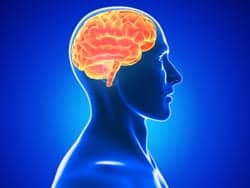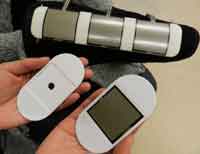
During the study, according to a news release from The JAMA Network Journals, researchers used imaging and brain tissue acquired during autopsies in order to investigate ?? deposition in TBI patients. Autopsy-acquired brain tissue was obtained from 16 TBI patients and 7 patients with a non-neurological cause of death. The results indicated that TBI patients exhibited increases in [11C]PIB binding, which researchers explain may be a marker of ?? in some areas of the brain.
The authors ultimately conclude in the study that the use of [11C]PIB positron emission tomography (PET) for amyloid imaging post-TBI can pave the way for promising implications including understanding the pathophysiology of TBI, characterizing the mechanistic drivers of disease or suboptimal recovery in the subacute phase of TBI, identifying patients at high risk of accelerated AD, and evaluating the potential of antiamyloid therapies.
Source: The JAMA Network Journals





